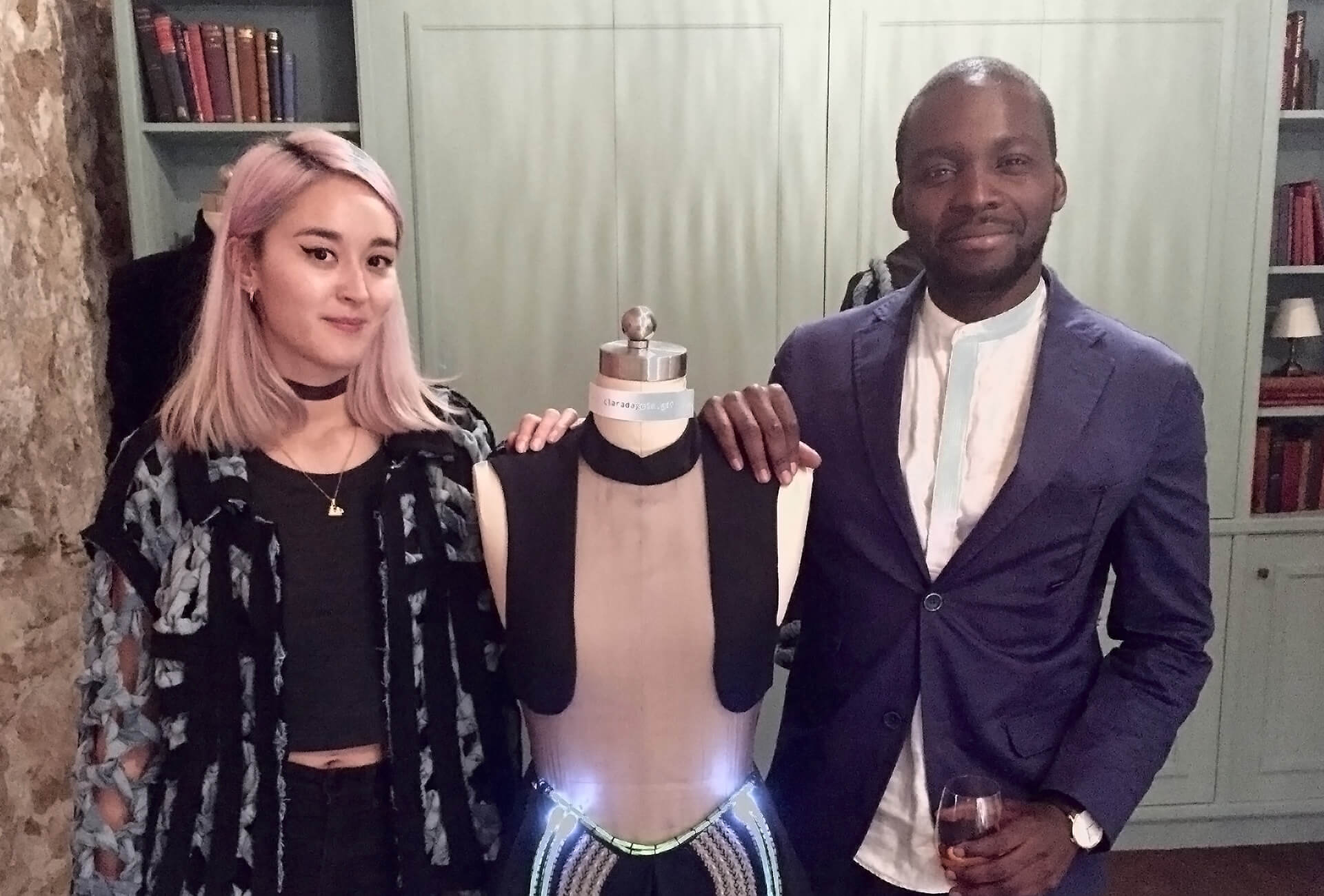Futur404, which describes itself as “the new home for fashion innovation”, looks into the possible futures for fashion and their implications for society. Founder, CEO and “Future Explorer” Noémie Balmat and her partner, GM and Chief Strategy Officer, Allan Joseph shares their thoughts on the Fine Watchmaking industry.
Fine Watchmaking is comparable to Haute Couture in that both industries can build storytelling around their know-how. These brands enjoy a certain “inner wealth”, which can be technical, material or creative, that is more easily perceived by the consumer, hence why they don’t need to justify their prices. These are pieces of art more than simply accessories, and this is reflected in marketing and communication strategies that are radically different from those of a regular brand.
Social media channels create a closeness with the consumer that not all brands are happy about.
You could argue that the luxury sector as a whole has been lagging behind in pre-empting social networks such as Instagram, but while they were late to the party, it’s still relative and should be seen in the light of experience. These brands, which have historically played on service and the luxury buying experience, have carefully weighed up the risks of joining networks that have significantly altered the brand-consumer relationship. Social media channels create a closeness with the consumer that not all brands are happy about. Think of Chanel, for example, which still refuses to launch an e-commerce website for fear of undermining the quality of the buying experience.
We prefer experiences as a counter-reaction to the feeling of being swamped by possessions.
We hear a lot of sweeping remarks about our generation which is just as multi-facetted as any other. That said, we do tend to prefer experiences as a counter-reaction to the feeling of being swamped by possessions. We don’t necessarily have the same purchasing power as our parents, and are aware that these are economically difficult times, so I think we probably view diamonds as a safe investment, much like gold was.
In our report, we identify 8+1 major trends in luxury over the first half of 2018. Two of these are especially relevant to Fine Watchmaking. First “The Human Element”, which considers the people factor, and particularly what each brand stands to gain from channelling and encouraging in-house talent. The CSR aspect becomes a real selling point that has to be seen in the product, for example, valuing and safeguarding know-how. Second, “Knocking Out Knockoffs” deals with the fight against fakes. It details technological tracking solutions such as NFC and/or blockchain, and, more importantly, market strategies to adopt upstream.
Essentially, no. It’s especially difficult to digitise the buying process for this type of product without risking a loss in experience. Also, customers still attach a great deal of importance to the material side of this type of purchase. The standardisation of immersive technologies such as virtual or augmented reality may change this. The other risk lies in the emergence of Digital Native Vertical Brands (DNVB) that favour a direct relationship with the consumer via the Internet. Then there’s the second-hand market which is growing steadily. More and more people are buying pre-owned and rare vintage pieces via forums and other websites that become platforms for communities of like-minded individuals who favour social groupings and intra-community purchases.












